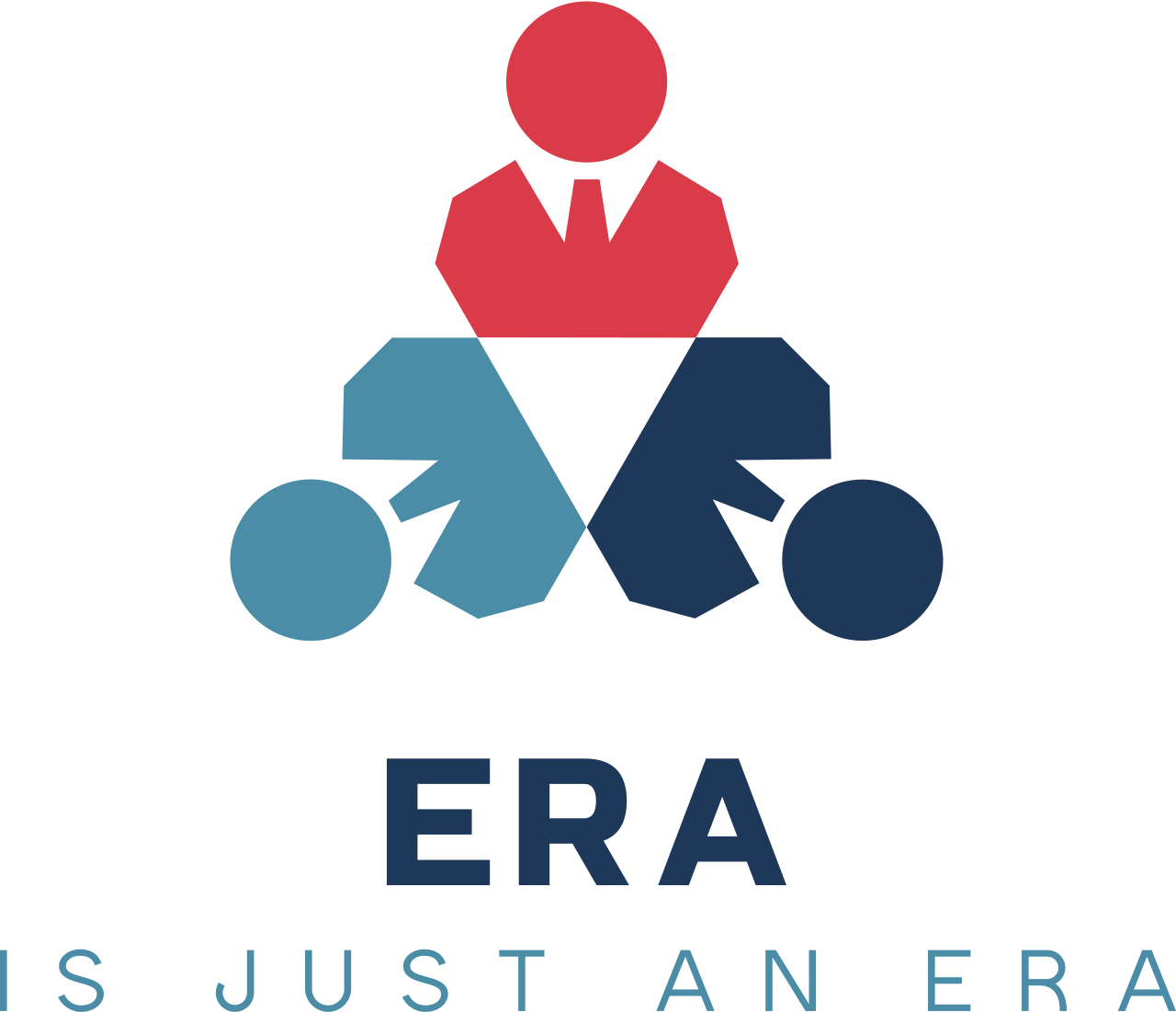Innovating the Workplace: Embracing Remote Work, AI, and Sustainable P
How does the integration of high-performance laptops, external monitors, and tablets create synergistic effects in enhancing teleworking productivity?
The modern work landscape is undergoing a significant evolution, driven by a convergence of innovative technologies and groundbreaking organizational strategies. The rise of remote work over the past few years has not only redefined where work takes place but has also reshaped how businesses think about productivity, resource management, and employee satisfaction.Recent trends reveal that a large portion of the workforce has transitioned to teleworking, a shift that has been accelerated by the global challenges posed by the COVID-19 pandemic. This transformation is fueling the adoption of advanced information technology solutions that facilitate effective communication, streamline workflows, and bolster performance evaluations. Notably, the move towards remote work has not only enhanced flexibility and autonomy for employees, but also led to significant resource and cost savings. Businesses are seeing tangible benefits such as reduced commuting times, lowered office expenses, and a diminished carbon footprint—paving the way for more sustainable practices in corporate operations.At the same time, the integration of artificial intelligence into various aspects of work is reshaping how employees interact with technology while influencing job satisfaction and performance. This emerging trend underscores the complexity of balancing automation with the human dimensions of work. Issues like communication breakdowns, security concerns, and the challenge of maintaining a cohesive team dynamic in a virtual environment highlight the importance of developing robust digital communication tools and comprehensive training programs. Organizations are increasingly recognizing that successful remote work isn’t purely about technology—it’s also about empowering leadership and redefining employee skill sets to adapt to this new paradigm.Moreover, the shift towards teleworking has revealed clear opportunities for innovation in the management of labor. As the workforce navigates this transition, companies are being encouraged to rethink their strategies for performance evaluation and professional development, ensuring that both managers and employees are well-prepared for the digital future.In summary, the fusion of remote work practices with AI-driven solutions and a commitment to sustainability is driving a remarkable innovation wave across industries. By embracing these changes, organizations can create highly flexible, efficient, and future-proof workplaces that benefit both employees and the larger community.
